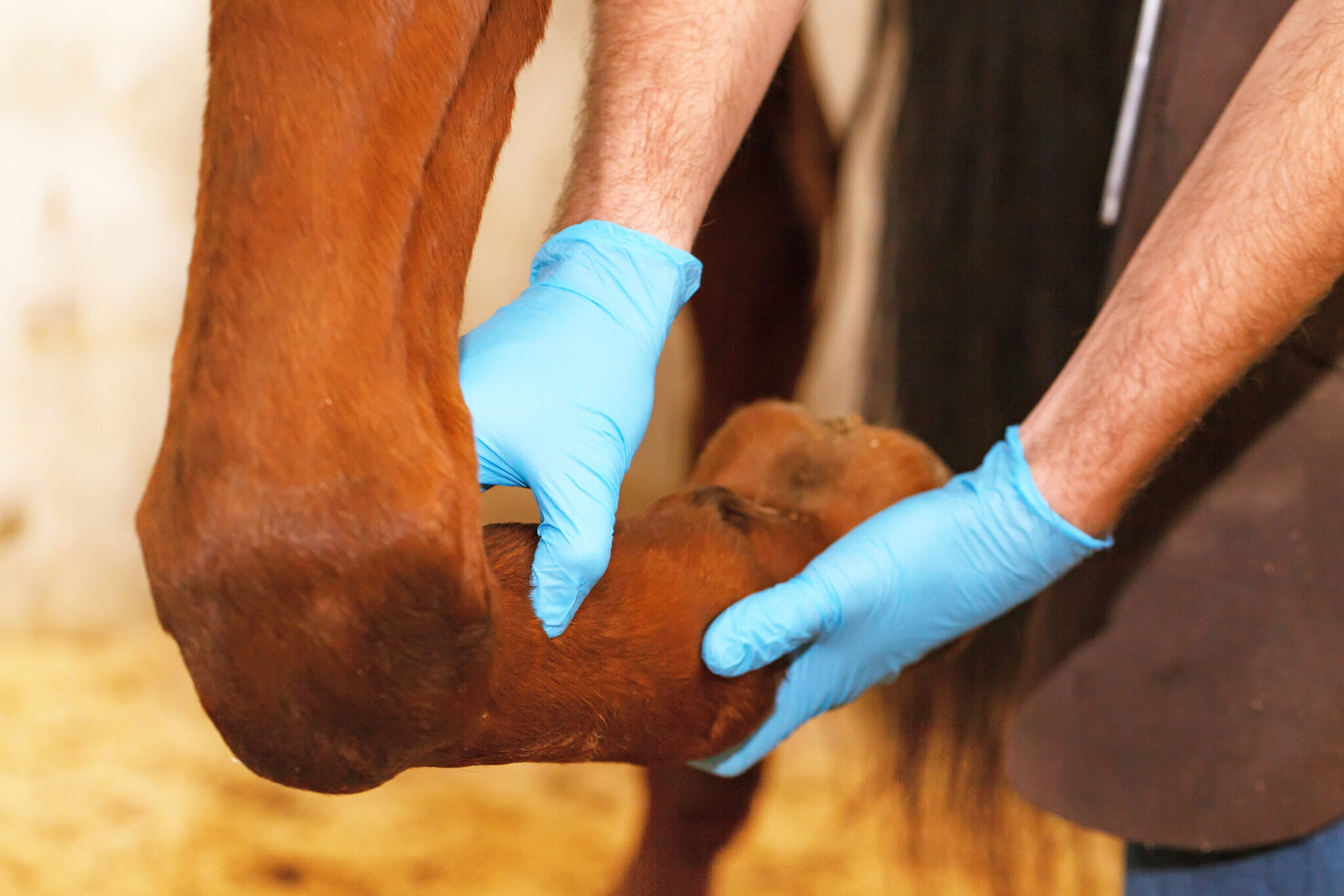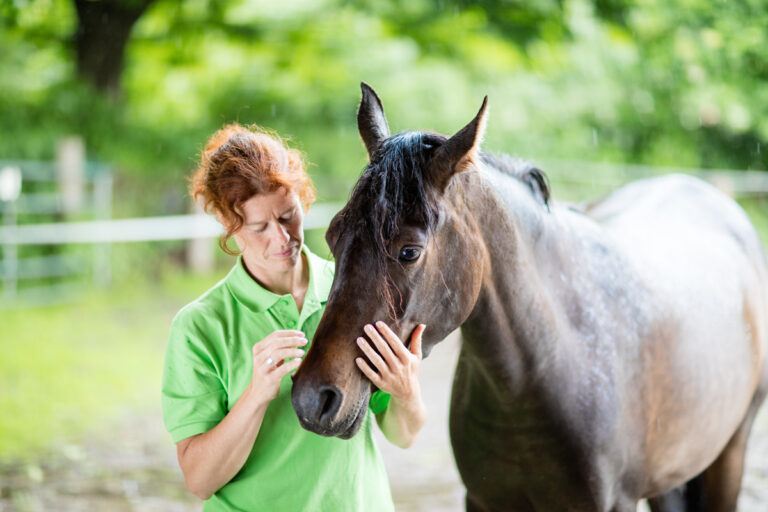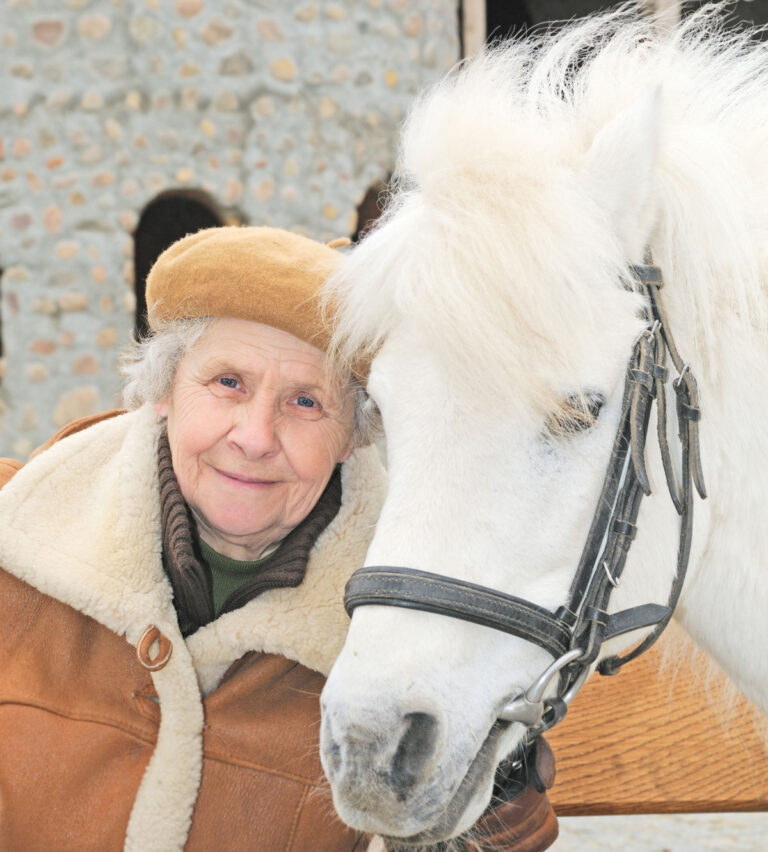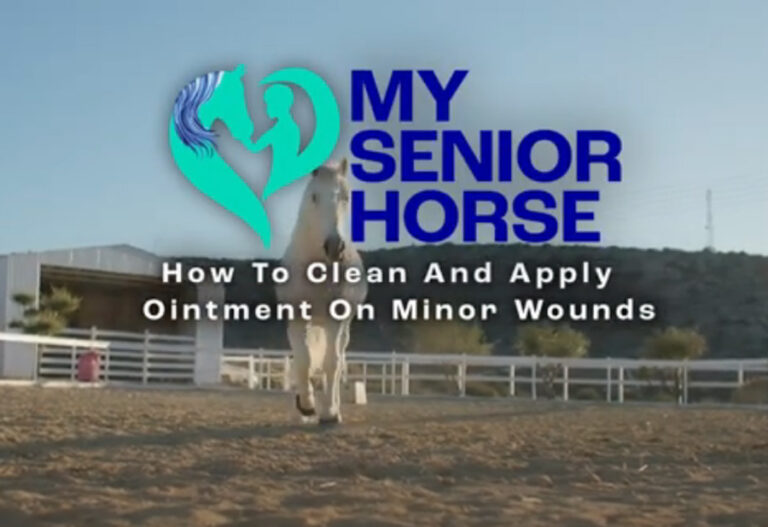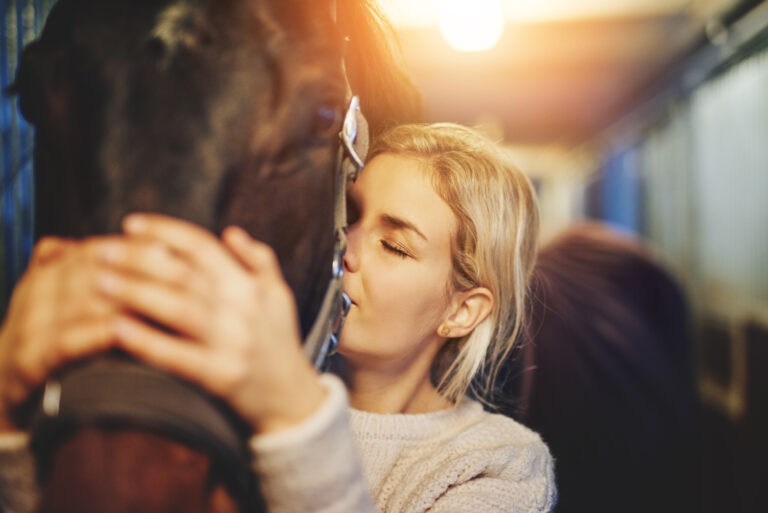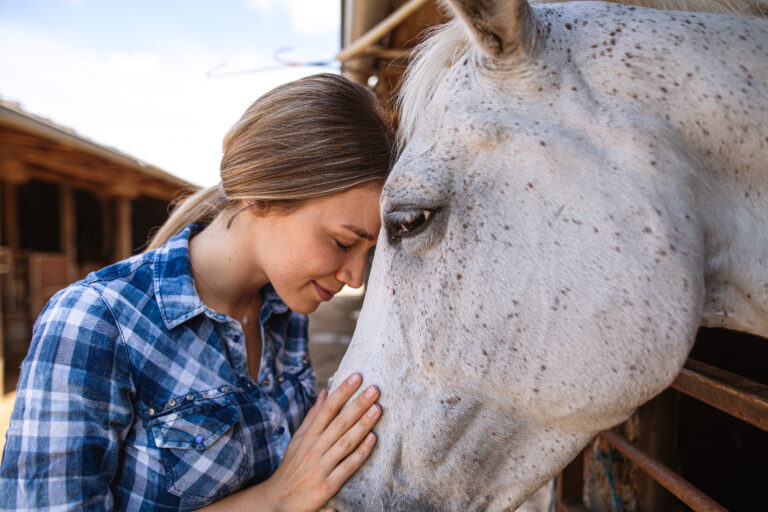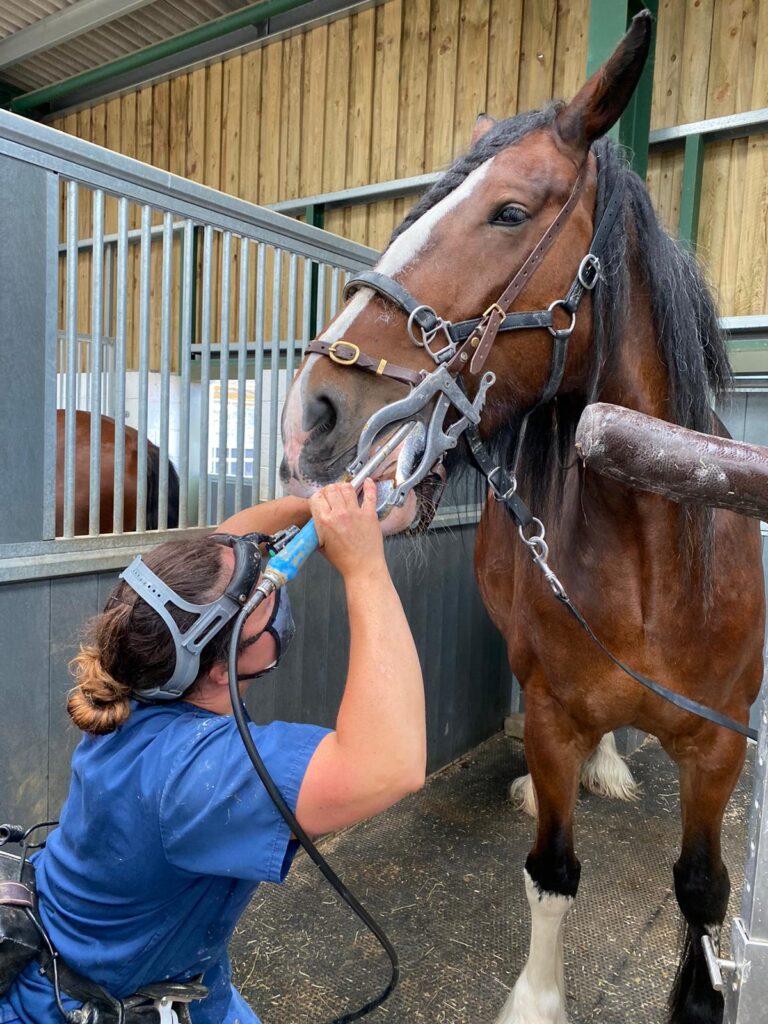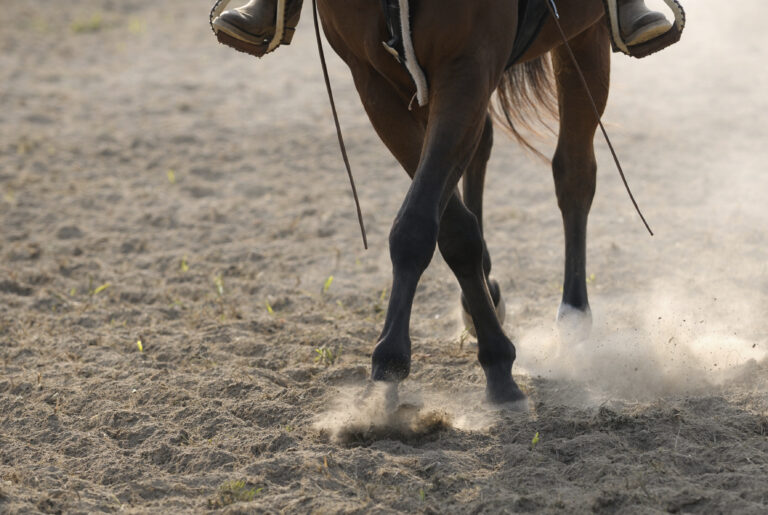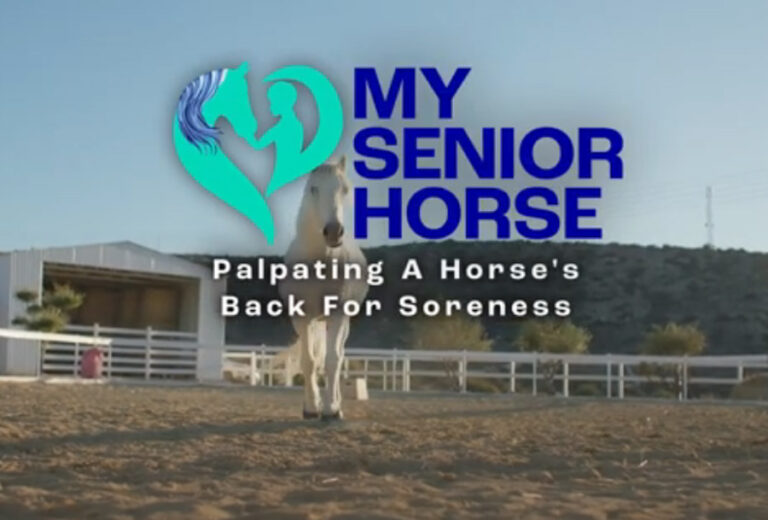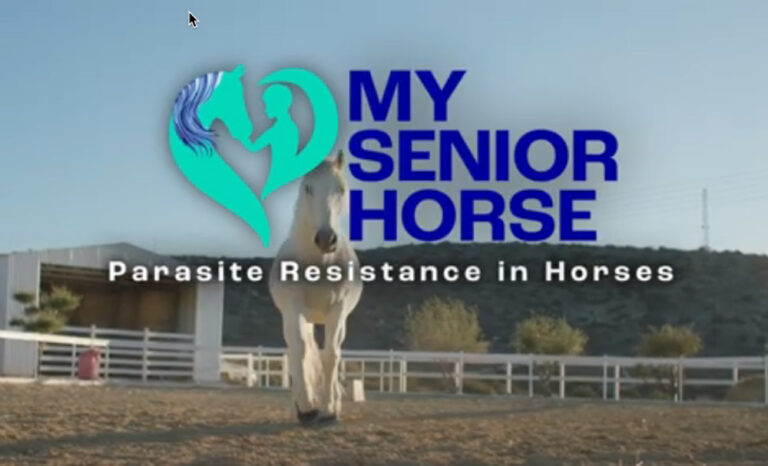It is important as the owner of a horse of any age to spend time observing the horse on a regular basis, especially an older horse’s limbs. This allows you to identify early any changes in behaviour, posture, the appearance of the limbs, and alteration of movement patterns.
Many older horses have various lumps and bumps that are historical markers of previous events. Ideally you need to know on which limbs these are and where they are located. Then, if the horse does develop lameness and you are asked “is this swelling new or has it changed in size or consistency?” you can give an informed answer, rather than looking blankly and saying, “I don’t know.”
Normal Horse Limbs
Most normal horses stand with their forelimbs aligned, sometimes resting one hindlimb or the other. They do not stack bedding under the back of each foot. They also don’t rest their hindquarters on a manger, hay rack, or wall.
Horses will often spread the forelimbs—one forward and one backward—to graze.
Being familiar with how your horse stands normally should alert you if there is a change in one of the horse’s limbs that might signify warning signs of a problem.
Get used to looking at your horse’s legs from the side, from the front, and from behind. Be familiar with the normal outline. When you run your hands down the limbs before picking each one up to pick out the foot with a hoof pick, think about what you are feeling. The more you are aware of how the horse’s leg feels, the more likely it is that you will pick up any change sooner rather than later.
Bear in mind that in most horses, there is reasonable left right symmetry. That means you can always compare with the opposite limb.
The appearance of new swelling, localised or diffuse, or heat might indicate a problem. However, be aware that horses have adapted to survive under a variety of environmental conditions. It is quite common for the limbs to vary in temperature independently, so the left might be different from the right throughout the day.
Senior Horse Issues
There are some problems that occur more often in older horses than younger horses.
Cushing’s disease (pituitary pars intermedia dysfunction or PPID) results in increased susceptibility to laminitis, which might result in the horse altering its posture, being reluctant to move, or moving with short, tentative steps.
Ageing degenerative changes in the infrastructure of the superficial digital flexor tendon and the accessory ligament of the deep digital flexor tendon (the check ligament) occur in older horses. This makes them more at risk of injury, which can occur spontaneously while turned out in a field.
Injuries are usually associated with obvious swelling often in the top half of the cannon region of forelimbs. Injury of the superficial digital flexor tendon usually results in swelling on the back of the limb, whereas check ligament injuries result in swelling on the side of the limb.
If the horse has a long hair coat, such swellings might not be obvious to see but can be felt. Early recognition is important, so regular palpation of the limbs is important.
If in doubt about the significance of what you have observed, seek professional advice.
Further Reading
- Latest Research on Shivers in Horses. Dr. Nancy Loving. MySeniorHorse.com
- Major Ligaments in the Horse Diagram. MySenorHorse.com
-
Sue Dyson, MA, VetMB, PhD, initially worked in the United States after graduating veterinary school, then returned to England and ran a clinical referral service for 37 years. Dyson is active in clinical research and has published more than 450 scientific papers related to lameness, ridden horse behaviour, and diagnostic imaging. Dyson also is a rider and has produced horses to top national level in eventing and show jumping. Dyson is a British Horse Society Instructor (Teaching and Stable Management).View all posts

